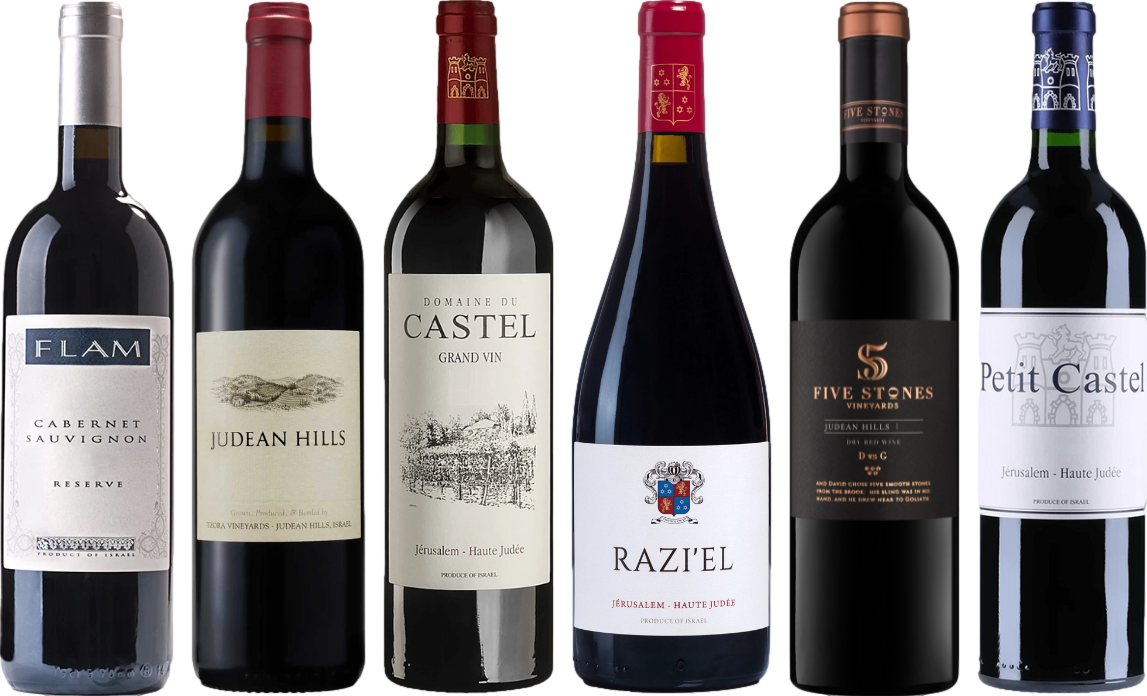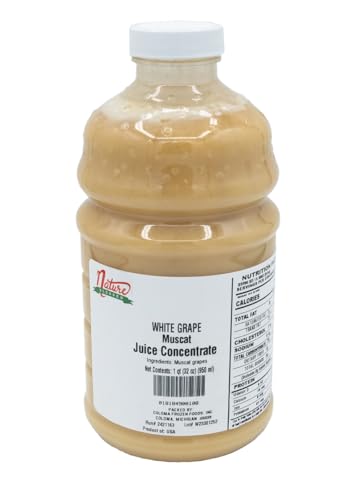



For a delightful culinary experience, consider enjoying a fine Cabernet Sauvignon with a perfectly grilled ribeye steak. The robust tannins and rich berry flavors in the Cabernet complement the marbling of the meat, enhancing each bite.
If you’re in the mood for Italian cuisine, a glass of Chianti pairs beautifully with a classic spaghetti Bolognese. The acidity of the wine cuts through the richness of the sauce, creating a harmonious balance that accentuates the dish’s flavors.
For a cozy evening, nothing beats a Pinot Noir alongside roasted chicken or duck. Its lighter body and subtle earthiness enhance the savory notes of the poultry while providing a refreshing contrast.
For those who enjoy a bit of spice, a Syrah is an excellent match for spicy barbecue ribs. The wine’s bold fruitiness and peppery undertones work together to elevate the smoky, tangy flavors of the dish.
Lastly, a Zinfandel is a fantastic companion for a hearty chili. The wine’s jammy fruit and hint of spice complement the dish’s warmth, creating a comforting and satisfying meal.
Perfect Matches for Deep-Hued Varietals
Try a Cabernet Sauvignon alongside a juicy ribeye steak. The tannins in the wine enhance the meat’s richness, creating a satisfying experience. For a delightful twist, serve a Syrah with barbecued lamb. The smoky flavor of the meat complements the bold spices in the wine.
Cheese and Charcuterie
Aged cheddar or blue cheese can elevate the enjoyment of a Merlot. The creaminess of these cheeses balances the wine’s berry notes. Pair a glass of Malbec with a charcuterie board featuring prosciutto and salami for a balanced interplay of flavors.
Vegetarian Choices
Opt for a Pinot Noir when serving dishes like mushroom risotto. The earthiness of the mushrooms will harmonize beautifully with the wine’s acidity. Additionally, a Zinfandel works well with roasted vegetables, enhancing their natural sweetness while providing a peppery finish.
Experiment with these combinations and discover new dimensions in your dining experience. Each pairing can lead to exciting flavors that enhance your meal and the enjoyment of the wine. Happy tasting!
Choosing the Right Red Wine for Red Meat
For optimal enjoyment, select a full-bodied Cabernet Sauvignon when serving grilled steak. Its bold tannins and dark fruit notes complement the rich flavors of the meat beautifully.
Syrah/Shiraz for Grilled Meats
When grilling lamb, consider a Syrah or Shiraz. The peppery and smoky characteristics enhance the savory profile of the dish, creating a delightful balance.
Pinot Noir for Pork Dishes
Opt for a Pinot Noir when enjoying roasted pork. This varietal’s acidity and red fruit notes harmonize with the meat’s sweetness, offering a refreshing contrast.
Complementing Poultry Dishes with Red Wine
For poultry, particularly chicken and duck, both lighter and medium-bodied options shine. Consider a Pinot Noir for chicken, which harmonizes beautifully with its mild flavors. If the dish features herbs or mushrooms, a more earthy variant enhances the experience.
For duck, especially when prepared with a fruity glaze or sauce, a Gamay or a medium-bodied Merlot can elevate the dish. The fruitiness of these choices complements the rich texture of the meat.
- Chicken with Herbs: A light-bodied Pinot Noir brings out the herbaceous notes.
- Roasted Chicken: Opt for a Grenache, which adds a touch of spice.
- Duck à l’Orange: A fruity Merlot pairs well with the sweetness of the sauce.
- Grilled Chicken: Try a Zinfandel to match the smoky flavors.
When considering side dishes, those with roasted vegetables or creamy sauces can influence the choice. A medium-bodied Sangiovese complements roasted vegetables, while a lighter Syrah pairs nicely with cream-based toppings.
- Choose a wine that matches the preparation method.
- Consider the sauce and seasoning as key factors.
- Balance the weight of the wine with the richness of the dish.
Experimentation leads to delightful discoveries. The right pairing can enhance both the meal and the wine, creating a memorable dining experience. Enjoy the process of finding your perfect match!
Pairing Red Wine with Pasta: Key Considerations
Opt for a medium-bodied option like Chianti or Pinot Noir when serving tomato-based dishes. The acidity in these varieties complements the tomato’s tanginess while enhancing the overall flavor profile.
For creamy sauces, consider a lighter Merlot or a structured Barbera. These selections balance the richness of the dish without overwhelming the palate.
When enjoying a hearty meat sauce, such as Bolognese, a robust Cabernet Sauvignon or Sangiovese provides a harmonious match, elevating the savory elements of the meal.
Herb-infused pastas thrive with a Grenache or a Zinfandel, as the fruity notes in these wines enhance the aromatic qualities of the herbs.
For seafood pasta, lean towards a lighter-bodied varietal, like a young Tempranillo or a fruity Lambrusco, which can bring out the delicate flavors without overshadowing them.
Consider the preparation method as well; grilled or roasted components in a pasta dish can often pair beautifully with a smoky Syrah, adding depth to the overall experience.
Always remember to match the intensity of the flavors in the dish with the characteristics of the chosen varietal. This thoughtful approach will elevate your dining experience significantly.
Exploring Options for Vegetarian Meals
For vegetable-centric dishes, I often recommend a light-bodied Cabernet Franc or a juicy Pinot Noir. Both varieties enhance the earthy flavors of roasted vegetables, providing a delightful contrast. When pairing with mushroom risotto, a Merlot can bring out the creaminess while complementing the umami notes of the mushrooms.
For dishes featuring legumes, such as lentil stew or chickpea curry, consider a Grenache. Its fruit-forward profile and moderate acidity balance the spices beautifully. A Chianti, with its bright acidity and herbal undertones, can elevate tomato-based sauces, making it an excellent choice for pasta primavera or stuffed peppers.
Grilled vegetable skewers pair wonderfully with a Zinfandel, whose bold fruitiness matches the char and smokiness from grilling. If you’re serving a plate of hearty ratatouille, a Syrah can add depth and complexity, enhancing the dish’s rich flavors.
Finally, for a creamy cheese platter with assorted nuts and dried fruits, a light-bodied Barbera can harmonize with the creaminess and the sweetness, making your meal memorable. Each selection offers a unique experience that celebrates the vibrant flavors of plant-based cuisine.
Best Varietals to Enjoy with Spicy Foods
For spicy dishes, consider a Zinfandel. Its fruit-forward profile and moderate tannins balance heat while enhancing rich flavors. The jammy notes complement barbecue sauce or spicy salsas beautifully.
Grenache is another excellent choice. This varietal tends to be juicy and soft, making it an ideal companion for dishes like spicy lamb or Mediterranean cuisine. It brings out the aromatic spices without overwhelming the palate.
If you prefer something bolder, go for a Syrah/Shiraz. Its peppery notes and dark fruit flavors create a harmonious match with dishes featuring chili or blackened meats. This wine’s intensity matches well with the complexity of heat.
For those who enjoy lighter options, a Pinot Noir can work wonders. Its acidity and red fruit character provide a refreshing contrast to spicy foods, such as Thai or Indian curries, allowing the dish’s flavors to shine.
Finally, consider a Malbec. Known for its dark fruit and smooth finish, it pairs exceptionally well with grilled meats and spicy sauces, elevating the dining experience with its rich texture.
Red Wine and Cheese: Finding the Perfect Match
For a delightful experience, I recommend pairing a bold Cabernet Sauvignon with a sharp aged cheddar. The robust tannins of the Cabernet beautifully complement the intense flavors of the cheese, creating a harmonious balance.
When it comes to softer cheeses, such as Brie, a fruity Merlot works wonders. The wine’s berry notes enhance the creaminess of the cheese, making each bite and sip a treat.
Here are some classic combinations to consider:
- Cabernet Sauvignon: Pairs well with aged Gouda or blue cheese.
- Merlot: Complements Brie, Camembert, and fresh mozzarella.
- Pinot Noir: A great match for Gruyère and mild goat cheese.
- Syrah/Shiraz: Works nicely with smoked cheeses and spicy varieties.
For a unique twist, try pairing a Zinfandel with a pepper jack cheese. The wine’s fruit-forward character and spice notes elevate the cheese’s heat.
Experimenting with textures and flavors is key. A creamy cheese might benefit from a wine with higher acidity, while a harder cheese can stand up to a fuller-bodied option. Don’t hesitate to explore and find what resonates best with your palate.
Tips for Pairing Red Wine with Desserts
Choose a sweet wine, like a Port or a late-harvest Zinfandel, when indulging in rich chocolate desserts. The natural sugars in these wines complement the bitterness of dark chocolate excellently.
Fruity Options
For fruit-based treats, consider a fruity varietal such as a Merlot. Its plum and cherry notes enhance the flavors of desserts like berry tarts or fruit salads.
Cheese and Chocolate
Explore the combination of cheese and chocolate desserts. A Cabernet Sauvignon works beautifully with a chocolate cheesecake, providing a robust contrast to the sweetness.
| Dessert Type | Recommended Pairing |
|---|---|
| Dark Chocolate Cake | Port |
| Berry Tart | Merlot |
| Chocolate Cheesecake | Cabernet Sauvignon |
| Fruit Salad | Late-Harvest Zinfandel |
When considering dessert options, don’t overlook the possibility of pairing with savory elements. A dark chocolate paired with a hint of sea salt can elevate the experience, making a Shiraz a great companion.
For a unique twist, try exploring how flavors interact. For example, a dessert featuring espresso or coffee can work well with a smooth Malbec, enhancing the richness of both the drink and the dish.
For additional culinary insights, check out this link on how long does it take to cook frozen tamales to explore more about food pairings.









